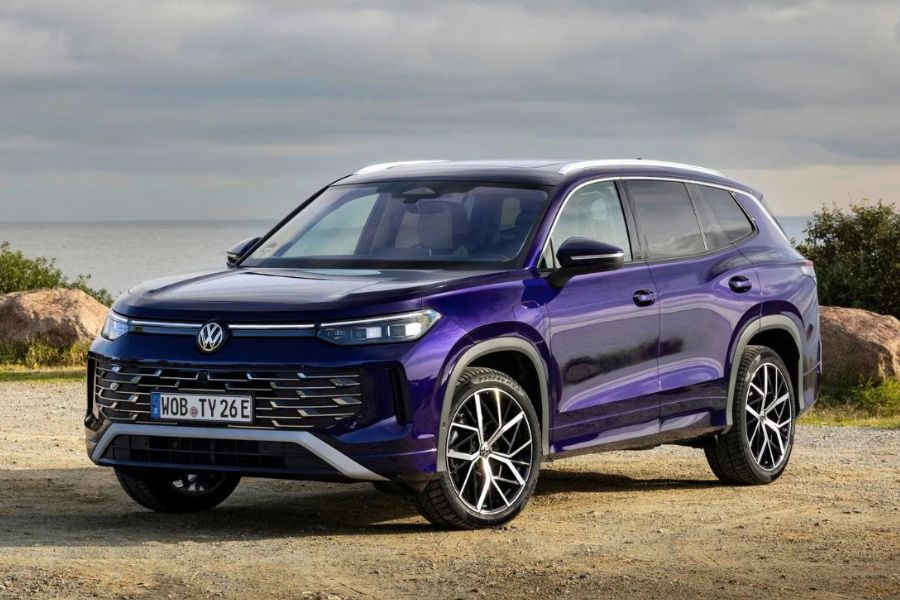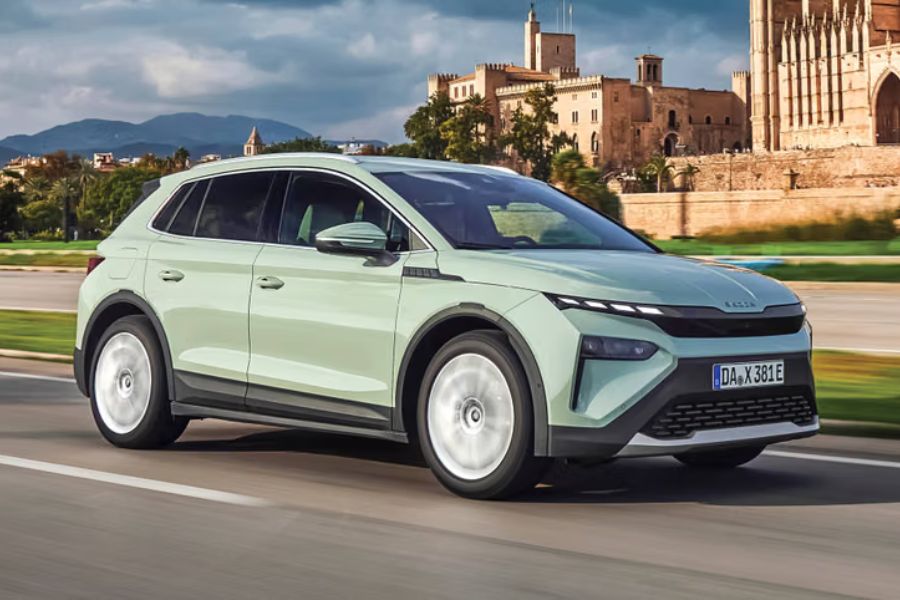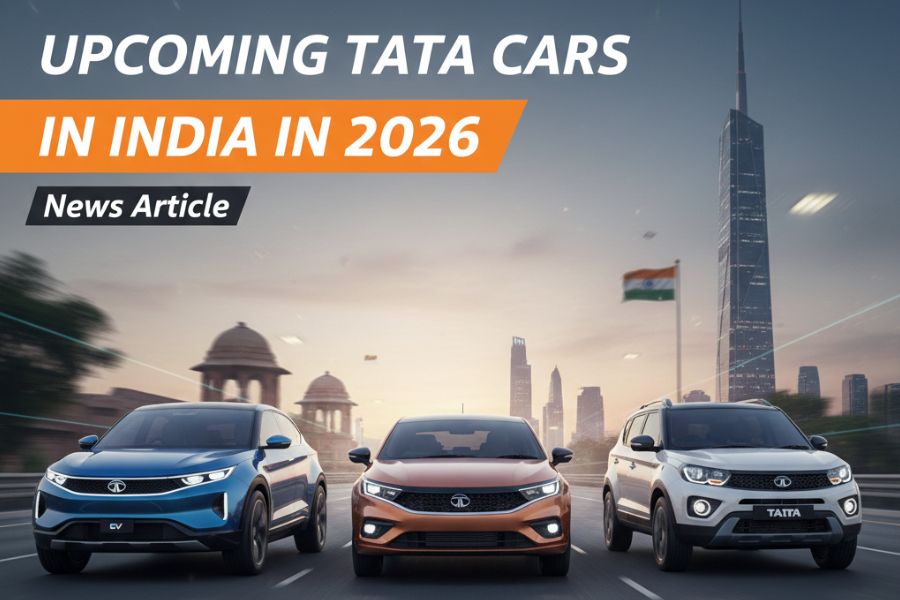Maruti Suzuki is set to make a significant shift in its safety strategy by introducing six airbags as standard across its entire range by the end of 2025. This move was confirmed by R C Bhargava, Chairman of Maruti Suzuki, during a recent earnings call. “Virtually all our models will come with six airbags this year,” he stated, adding that the decision aligns with the government’s emphasis on improving passenger safety.
Gradual Rollout Underway
Maruti has already begun implementing this update across several models. Cars such as the Eeco, Wagon R, Alto K10, Brezza, and Celerio have recently been equipped with six airbags as standard. The Alto K10, notably, is now the most affordable car in India to offer this feature.
However, there are still six Maruti models where six airbags are currently limited to higher variants: the Baleno, Fronx, Ignis, Ertiga, XL6, and S-Presso. The base trims of these cars are expected to receive the update soon, which will lead to a price hike, similar to what happened with the Celerio—whose prices increased by up to ₹32,500.
Price Implications and Market Impact
The Fronx and Baleno already offer side and curtain airbags in their top variants, so their price revisions are expected only in lower trims. Entry-level prices currently begin at ₹7.55 lakh for the Fronx and ₹6.70 lakh for the Baleno.
Other models like the Ertiga, XL6, Ignis, and S-Presso will also see price hikes once the airbag update is rolled out. These changes reflect Maruti’s ongoing commitment to enhanced safety but also present challenges in the price-sensitive entry-level segment.
A Shift in Strategy
This development marks a notable departure from Maruti’s earlier stance. When the Indian government first proposed mandating six airbags in all passenger vehicles, the automaker had raised concerns about the impact on affordability. Bhargava had previously argued that rising costs could further shrink demand in the small car segment, which has already been seeing a decline. In fact, Maruti reported a 9% drop in small car sales last year.
According to Bhargava, only about 12% of Indian households earn over ₹12 lakh per year—limiting the potential market for cars priced at ₹10 lakh or more. He noted, “The vast majority—88 percent—simply cannot afford cars in that price range.”
Improving Brand Perception Through Safety
Despite the challenges, Maruti is now taking visible steps to bolster its safety credentials. The fourth-generation Dzire recently became the first Maruti model to receive a 5-star Global NCAP safety rating, signaling a turning point for the brand. However, some models still have poor safety records—such as the Alto K10 (2 stars), Wagon R (1 star), S-Presso (1 star), and Ignis (1 star)—raising questions about how effective the addition of six airbags will be without broader structural improvements.
Read More:




